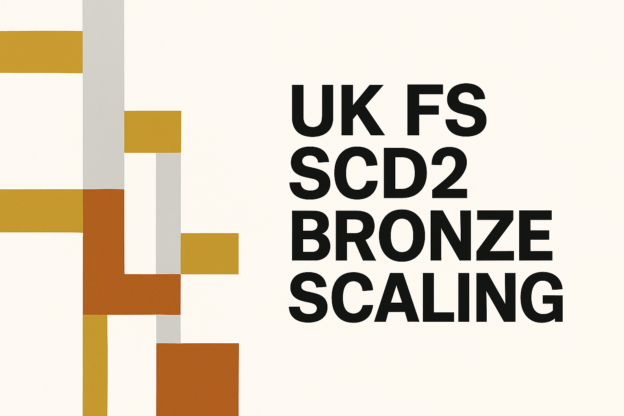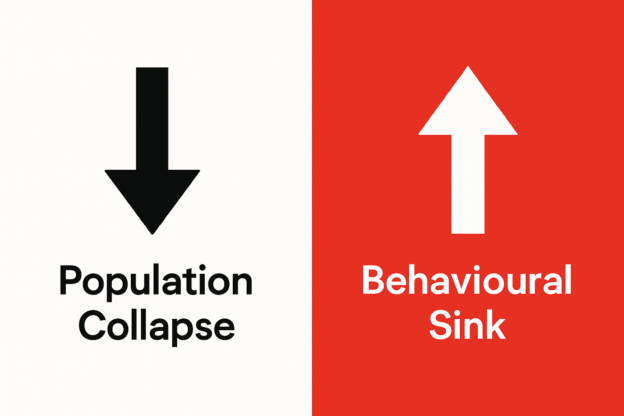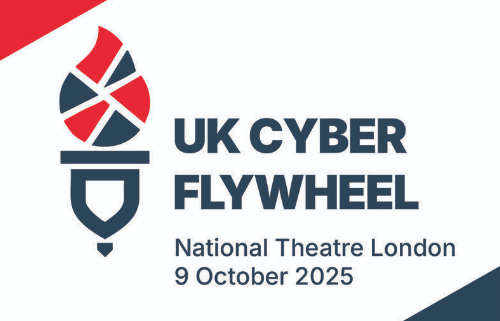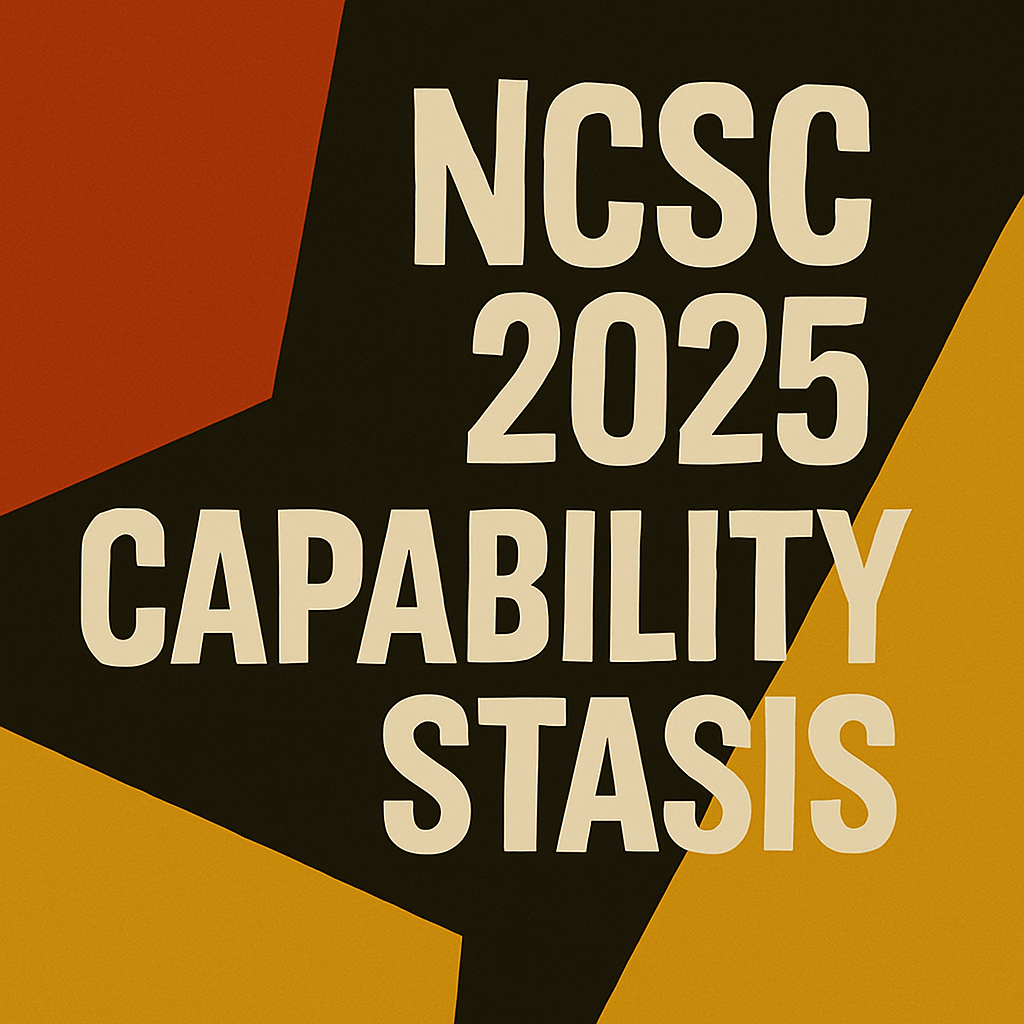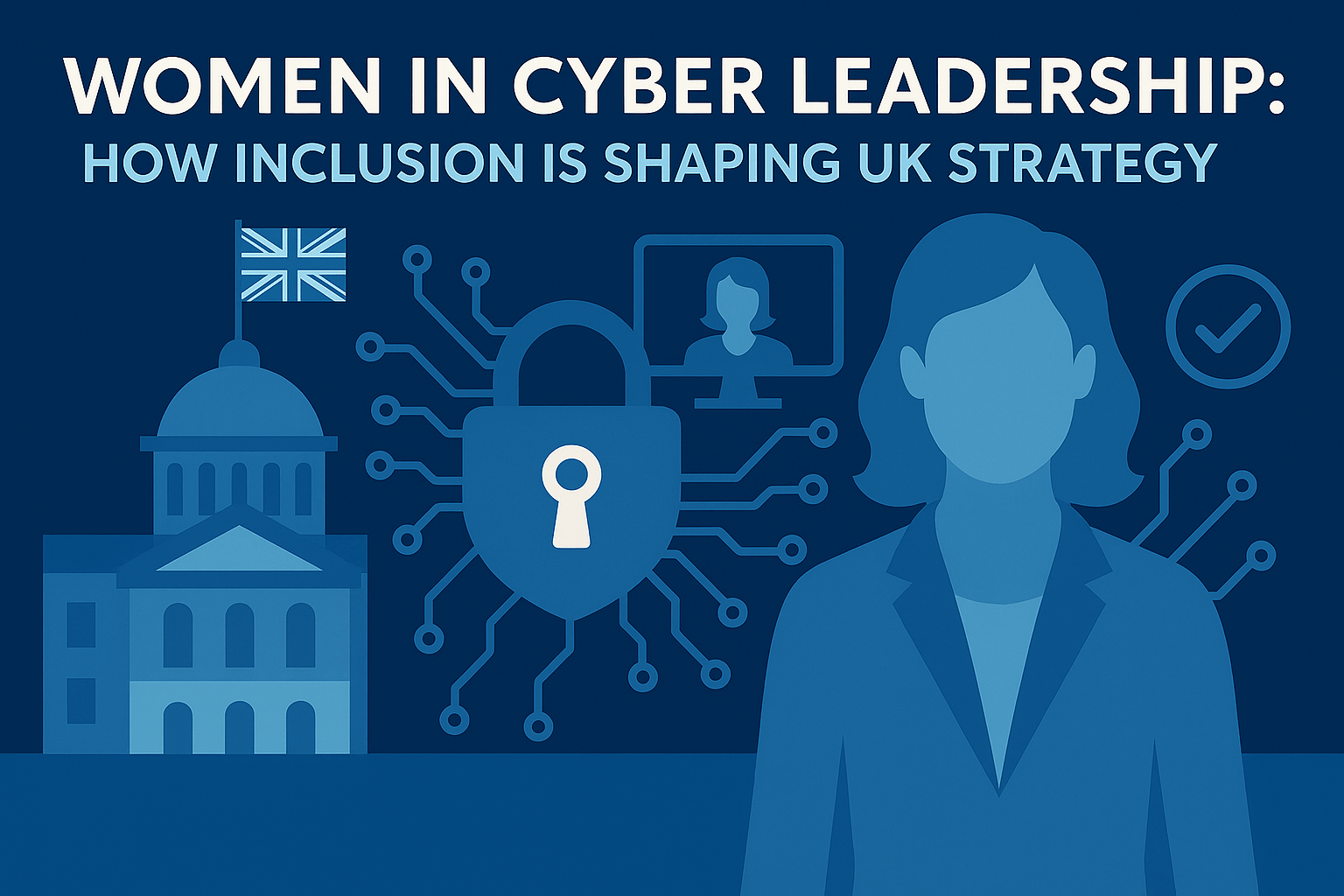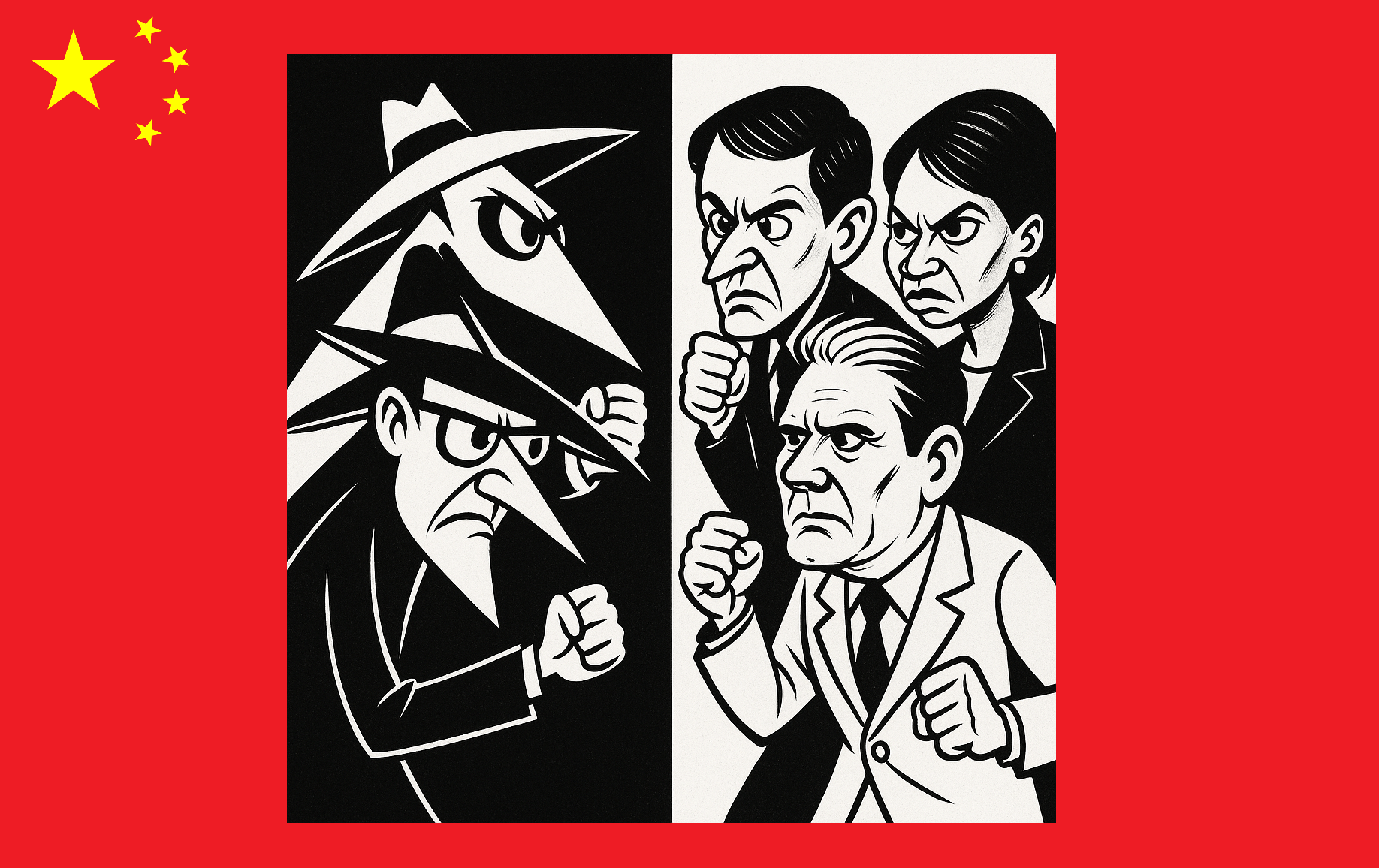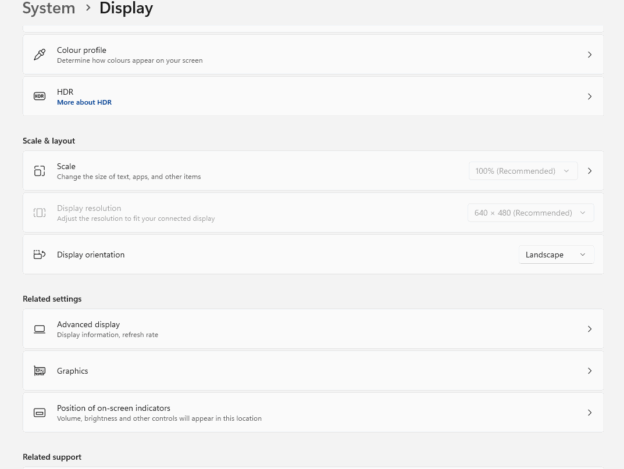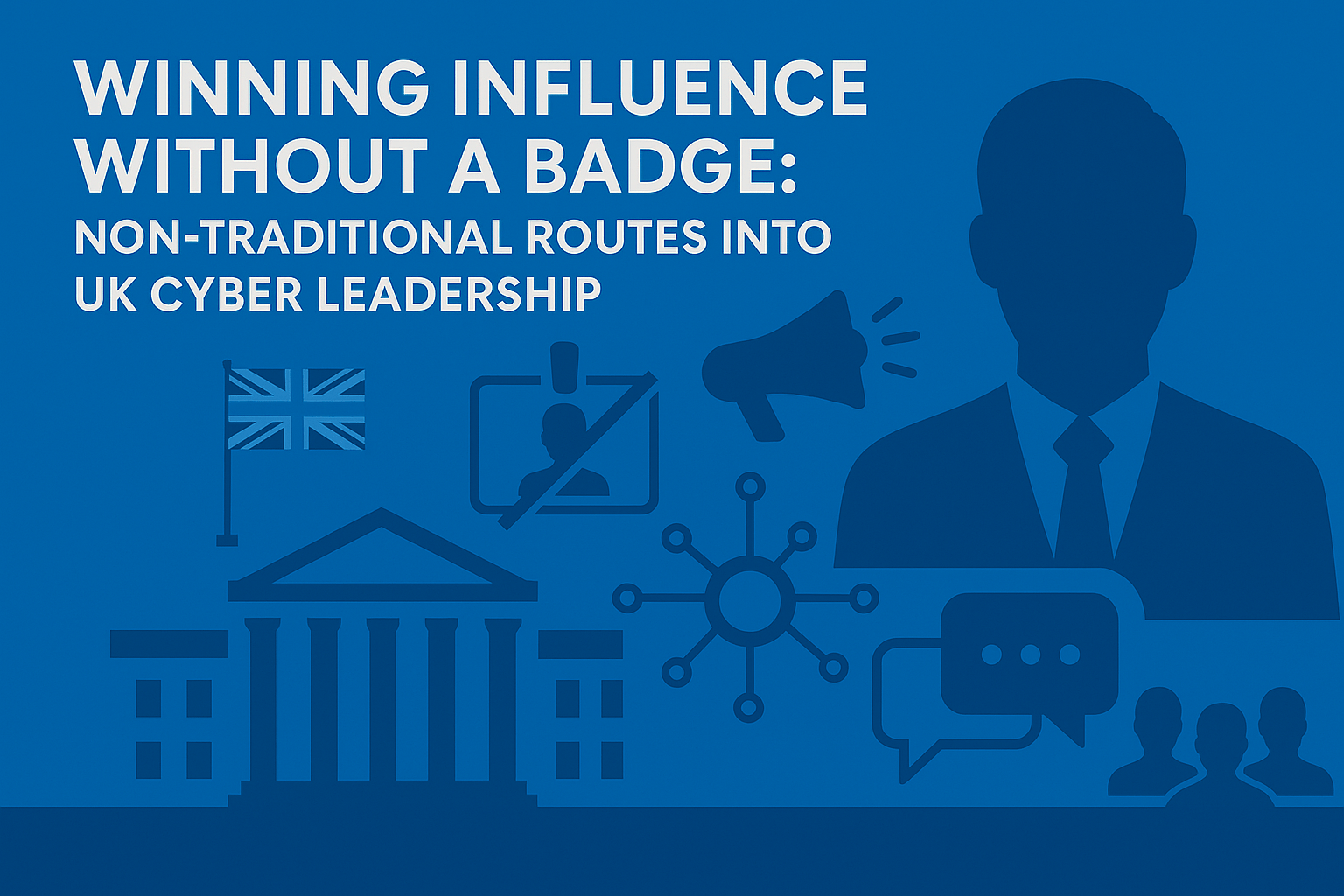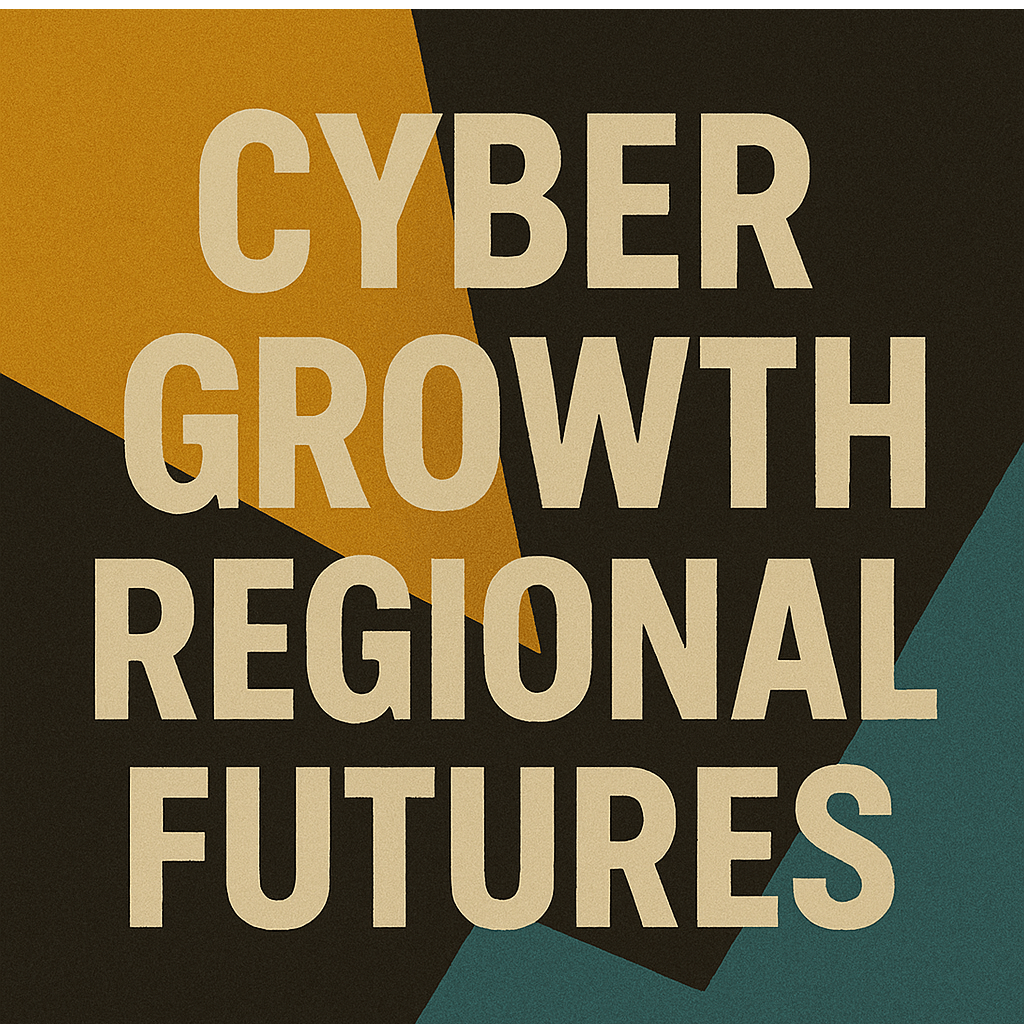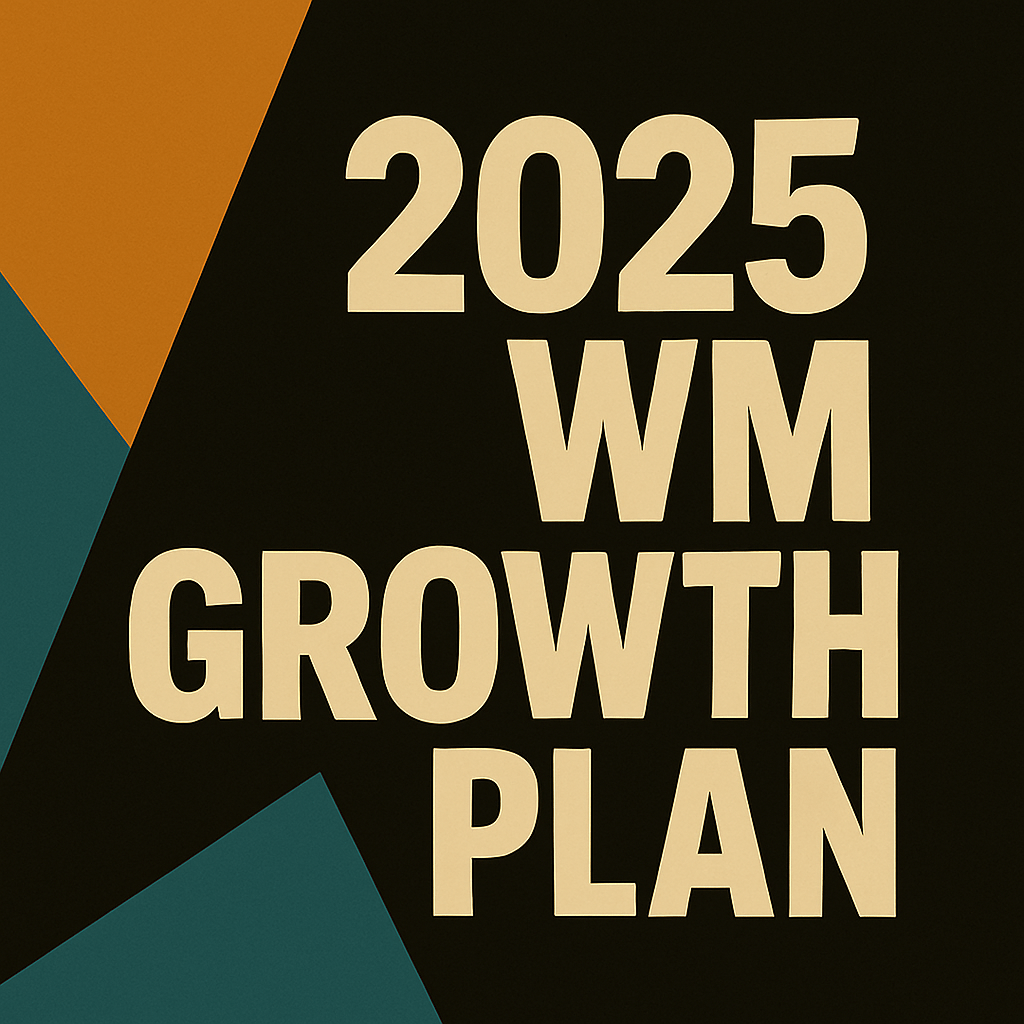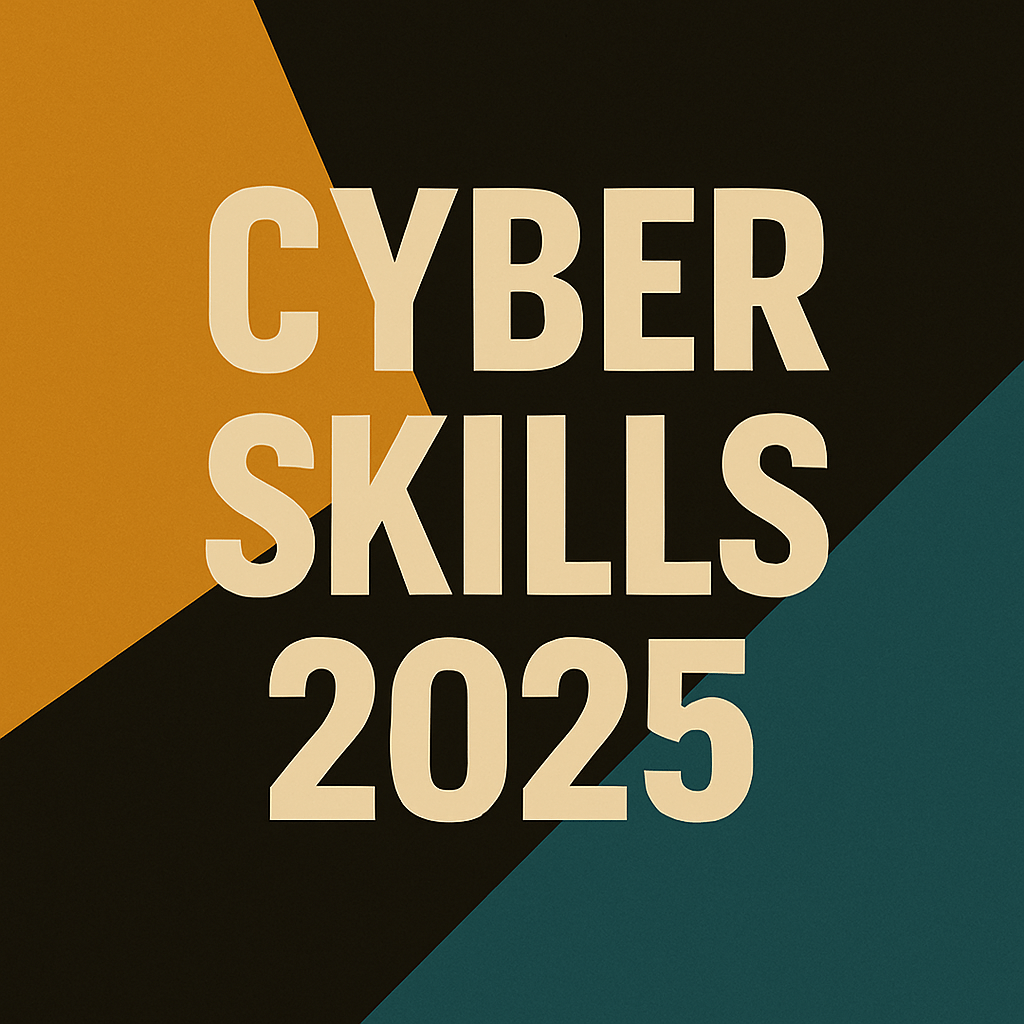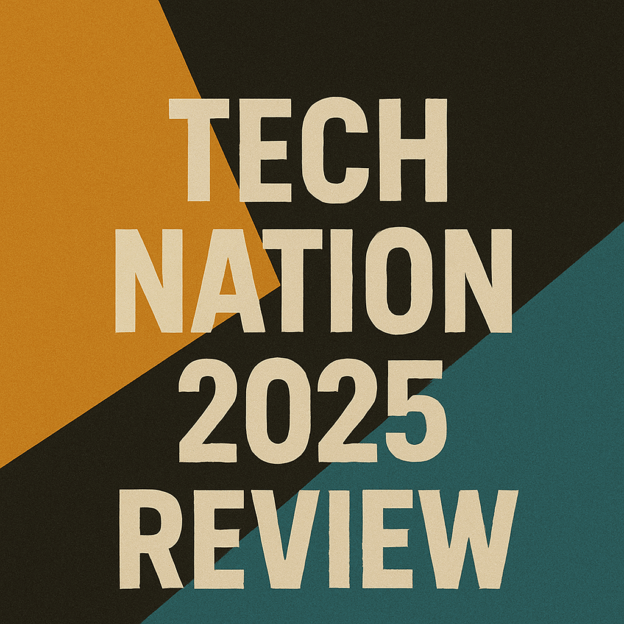Advanced SCD2 optimisation techniques are essential for mature Financial Services data platforms, where historical accuracy, regulatory traceability, and scale demands exceed the limits of basic SCD2 patterns. Attribute-level SCD2 significantly reduces storage and computation by tracking changes per column rather than per row. Hybrid SCD2 pipelines, combining lightweight delta logs with periodic MERGEs into the main Bronze table, minimise write amplification and improve reliability. Hash-based and probabilistic change detection eliminate unnecessary updates and accelerate temporal comparison at scale. Together, these techniques enable high-performance, audit-grade SCD2 in platforms such as Databricks, Snowflake, BigQuery, Iceberg, and Hudi, supporting the long-term data lineage and reconstruction needs of regulated UK Financial Services institutions.
Continue reading
